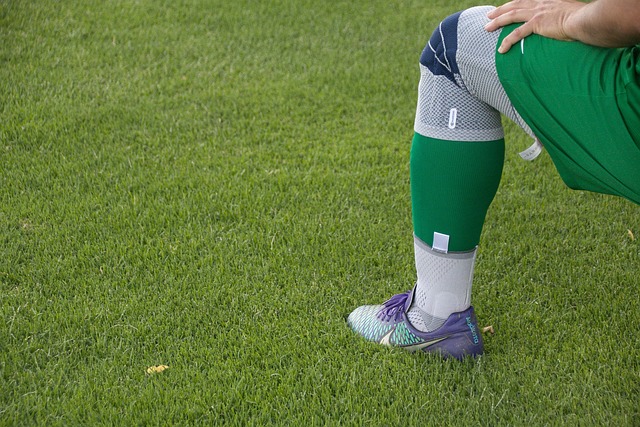Maximum injury compensation is a complex legal process influenced by civil law traditions, aiming to provide fair reparation for victims. Courts assess physical and psychological damages, including long-term disabilities, chronic pain, lifestyle changes, medical expenses, lost wages, pain and suffering, and loss of quality of life. This comprehensive approach considers age, earning potential, pre-existing conditions, and injury complexity to determine award amounts, ensuring compensation accurately reflects the harm suffered.
In maximum injury compensation cases, courts go beyond basic damages to award substantial sums for severe injuries. This in-depth look explores the legal framework governing such awards, delving into the criteria used to determine what constitutes a severe injury and how various factors influence the final compensation amounts. From medical records to lifestyle changes, learn what aspects courts consider when deciding on maximum injury compensation.
- Legal Framework for Maximum Compensation
- Determining Severe Injury and Damages
- Factors Influencing Award Amounts
Legal Framework for Maximum Compensation

The legal framework governing maximum injury compensation is a complex web of rules and regulations designed to ensure fair and just recompense for victims. In many jurisdictions, this process is heavily influenced by civil law traditions, focusing on tort law to determine liability and damages. When it comes to maximizing compensation, courts consider a multitude of factors beyond the immediate physical injuries sustained.
Key among these considerations are economic losses, including medical expenses, lost wages, and future earning capacity. Non-economic damages such as pain and suffering, emotional distress, and loss of quality of life are also evaluated. In complex cases, like truck accidents involving breaches of contract or business litigation, courts may assign punitive damages to deter similar misconduct. The interplay of these elements, guided by the specific laws of the land, ultimately shapes the maximum injury compensation awarded to affected individuals.
Determining Severe Injury and Damages

In maximum injury compensation cases, determining severe injury and associated damages is a multifaceted process that courts approach with careful consideration. The first step involves assessing the physical and psychological impact of the harm sustained by the plaintiff. This includes evaluating long-term disabilities, chronic pain, and any significant changes in lifestyle or ability to work. Medical records, expert witness testimony, and detailed reports from healthcare professionals play a crucial role in quantifying these losses.
Courts also take into account non-economic damages such as pain and suffering, loss of quality of life, and emotional distress, especially when the injury results from medical negligence or business litigation scenarios like real estate disputes. In contrast to economic damages that can be easily calculated through invoices, receipts, or wage statements, non-economic damages are more subjective and require a nuanced understanding of the plaintiff’s experiences and prospects. This holistic approach ensures that maximum injury compensation reflects the full extent of the harm inflicted.
Factors Influencing Award Amounts

When determining maximum injury compensation amounts, courts consider a multitude of factors that go beyond mere medical bills and lost wages. Beyond the immediate financial impact, assessors look at the long-term effects of injuries, including any permanent disabilities, reduced quality of life, and pain and suffering. This holistic approach ensures that victims receive fair and adequate compensation for their physical and emotional well-being.
Factors like age, earning potential, and pre-existing conditions also play a significant role. In cases involving partnership disagreements or complex personal injuries such as slip and fall accidents, the complexity of damages can increase, leading to higher award amounts. Courts meticulously evaluate all relevant information to reach a verdict that reflects the true extent of harm experienced by the injured party, ensuring just accident compensation.
In concluding our exploration of maximum injury compensation cases, it’s evident that courts employ a multifaceted approach, considering legal frameworks, the severity of injuries, and various influencing factors. By meticulously assessing these elements, they aim to determine fair damages, ensuring that victims receive adequate support for their physical and emotional recoveries. Understanding these considerations is pivotal for both plaintiffs seeking justice and defense attorneys navigating these complex cases.






